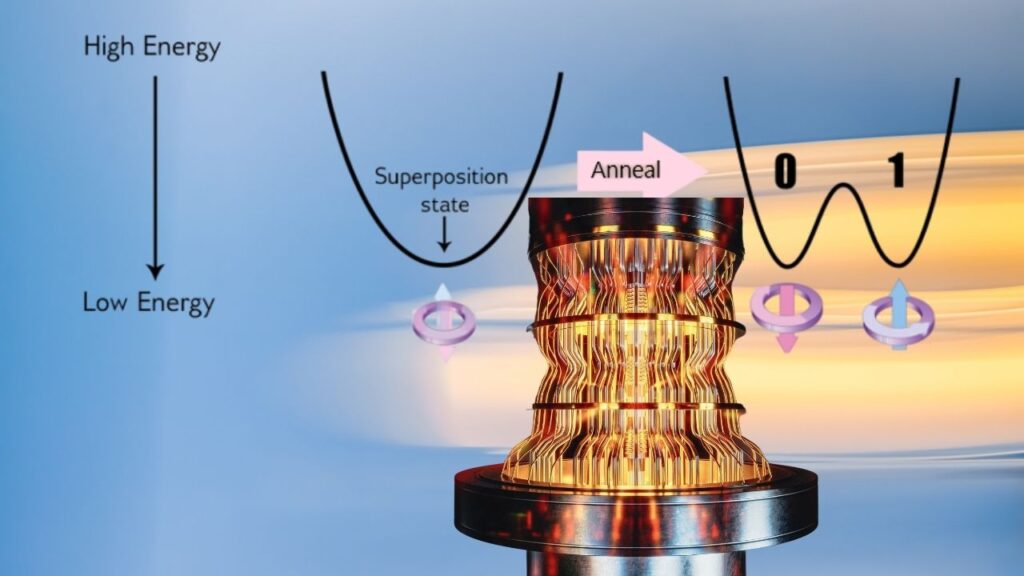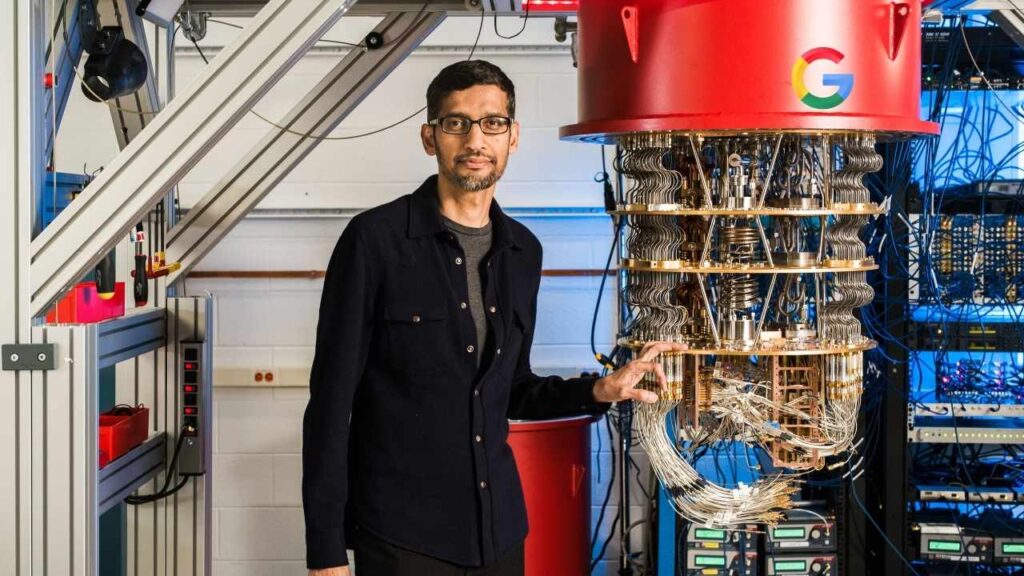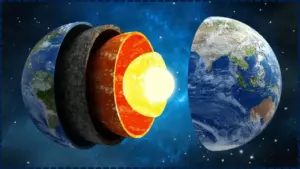Quantum Computing Milestone Achieved: The headline Quantum Computing Milestone Achieved sparks a wave of excitement in the tech community—and rightfully so. Quantum computing promises to revolutionize how we solve problems considered impossible for today’s computers. However, just as quickly as this milestone was announced, it was challenged by a classical supercomputer solution, reigniting a long-standing debate about the true power and readiness of quantum technology.

This article provides a clear, detailed explanation of what the milestone means, the nature of the challenge, and how these developments fit into the bigger picture of computational progress. Whether you’re a tech enthusiast, professional, or student, this guide will help you understand the nuances of quantum computing’s advancements and limitations.
Table of Contents
Quantum Computing Milestone Achieved
| Aspect | Details |
|---|---|
| Milestone Achieved By | D-Wave Systems, a leading quantum annealing company |
| Quantum Claim | Solved a complex discrete quadratic optimization problem in ~20 minutes |
| Classical Challenge | Classical supercomputers solved a subset of the problem in ~2 hours |
| Historical Context | Similar debates following Google’s 2019 and 2023 quantum supremacy claims |
| Current Quantum Status | Promising but not yet fully scalable for all real-world problems |
| Industry Impact | Potential benefits in logistics, finance, pharmaceuticals, AI, and cryptography |
| Official Reference | D-Wave Systems |
The recent quantum computing milestone achieved by D-Wave marks a significant step forward but also highlights how far we have yet to go. The immediate challenge by classical supercomputers underscores the complexity of proving quantum advantage and the continued evolution of classical algorithms.
Quantum computing holds immense potential to transform industries and solve problems currently beyond our reach. Yet, its real-world impact depends on overcoming technical hurdles and rigorous validation of claims.
For now, the race between quantum and classical computing continues—pushing the boundaries of technology and inspiring innovation.
What Is Quantum Computing?
To understand why this milestone matters, we first need to explain what quantum computing is.
Traditional computers use bits, which are like tiny switches that can be either 0 or 1. Quantum computers, on the other hand, use quantum bits or qubits. Qubits can exist in a superposition of 0 and 1 simultaneously, thanks to the principles of quantum mechanics—a branch of physics that describes nature at the smallest scales.
This superposition allows quantum computers to process many possibilities at once, potentially solving certain problems much faster than classical computers. Another quantum phenomenon called entanglement links qubits so that the state of one instantly influences another, no matter how far apart they are.
The D-Wave Milestone Explained
In early 2025, D-Wave Systems, a company that focuses on a quantum computing method called quantum annealing, announced it had solved a complex discrete quadratic model (DQM) problem in under 20 minutes.
DQM problems involve finding the best solution among many possibilities—think of them as complex puzzles where you want the optimal arrangement or choice. This type of problem arises in industries like supply chain management, finance, and machine learning.
D-Wave claimed this problem would take classical supercomputers more than a million years to solve using conventional algorithms, effectively demonstrating a quantum advantage.
What Is Quantum Annealing?

Quantum annealing is a specialized form of quantum computing designed to tackle optimization problems. It works by encoding a problem into the energy states of qubits and then gradually “cooling” the system so it settles into the lowest energy state—the optimal solution.
This is different from universal gate-model quantum computers like those developed by IBM or Google, which can perform a broader range of calculations but currently have fewer qubits and more noise (errors).
The Classical Supercomputer Challenge
Almost immediately after D-Wave’s announcement, researchers from various institutions challenged the claim by showing that classical supercomputers, using highly optimized algorithms and massive parallelism, could solve a subset of the problem in approximately two hours.
While two hours is longer than 20 minutes, it is nowhere near a million years, which significantly narrows the claimed performance gap.
This challenge illustrates a critical issue in quantum computing research: benchmarking fairness.
Benchmarking: Comparing Apples to Apples
To prove quantum advantage, researchers must compare quantum and classical computers on the same problem, under the same conditions, and using the best algorithms available.
However, quantum computers and classical computers are fundamentally different:
- Quantum processors may solve specially tailored problems designed to show their strengths.
- Classical supercomputers may be tested on simplified or restricted versions of the problems.
- New classical algorithms continually emerge, improving performance over time.
Thus, what appears as an overwhelming advantage one day may shrink or disappear with new classical methods.
Historical Context: Past Quantum Advantage Claims
The debate around quantum advantage isn’t new.
Google’s 2019 Quantum Supremacy Claim

In 2019, Google announced its 53-qubit Sycamore processor completed a specific sampling task in 200 seconds, claiming that the world’s fastest classical supercomputer would take 10,000 years.
This claim was immediately questioned by IBM, who argued that with optimized classical algorithms and enough memory, the same task could be done in 2.5 days—still slower but far from 10,000 years.
This exchange highlighted how benchmarks could be interpreted differently, and how much classical computing still has room for improvement.
Google’s 2023 Willow Processor Announcement

Google later introduced its 105-qubit Willow quantum processor, which completed a complex benchmark in five minutes that they said would take classical systems 10 septillion years.
The scientific community once again emphasized the need for transparent, reproducible benchmarks and cautious interpretation.
Why Does Quantum Advantage Matter?
Quantum advantage, when firmly established, would represent a paradigm shift in computing power.
Practical Applications
- Optimization problems: Improving logistics and supply chain efficiency can save companies millions and reduce environmental impact.
- Drug discovery: Quantum simulations can model molecular interactions at unprecedented detail, speeding up the development of new medicines.
- Artificial intelligence: Quantum algorithms could accelerate training of complex AI models.
- Cryptography: Quantum computers might break current encryption methods, leading to new standards in data security.
Current Limitations
Despite exciting milestones, quantum computers today still face major challenges:
- Qubit quality: Qubits are fragile and prone to errors due to environmental noise.
- Scalability: Building machines with thousands or millions of qubits remains a huge technical hurdle.
- Error correction: Effective quantum error correction methods are still in early development.
How to Evaluate Quantum Computing News
For readers trying to make sense of headlines and claims, here are some practical tips:
1. Understand the Problem Type
Is the quantum computer solving a practical problem, or a synthetic benchmark designed to highlight quantum strengths?
2. Check for Peer Review and Independent Validation
Scientific breakthroughs are best confirmed through peer-reviewed publications and replication by independent teams.
3. Compare Algorithms, Not Just Hardware
Algorithm improvements can sometimes outpace hardware gains. Check if the classical algorithms used in comparisons are state-of-the-art.
Beginner’s Guide to Quantum Computing
If you’re new to quantum computing, here’s a simplified step-by-step overview:
Step 1: Learn the Basics
Understand qubits, superposition, and entanglement. Resources like Qiskit offer hands-on tutorials.
Step 2: Explore Quantum Algorithms
Familiarize yourself with important algorithms such as Shor’s algorithm (for factoring numbers) and Grover’s algorithm (for database searching).
Step 3: Experiment with Simulators
Use cloud-based quantum simulators from IBM or Microsoft to try out quantum circuits without physical hardware.
Step 4: Stay Informed About Hardware Progress
Follow updates from companies building quantum processors (D-Wave, IBM, Google, Rigetti, IonQ).
New Materials Support Progress Toward More Reliable Quantum Computers
Software Detects Glass Walls With 96% Accuracy Without Using Costly Sensors
Custom Polymers Offer Efficient Electrochemical Separations for Greener Drug Production
FAQs About Quantum Computing Milestone Achieved
What distinguishes quantum annealing from universal quantum computing?
Quantum annealing targets optimization problems using a different approach than gate-model quantum computers, which can theoretically perform any computation.
Is quantum computing expected to replace classical computing?
No, quantum computers will complement classical ones. Classical computers will remain essential for many tasks quantum systems cannot yet handle efficiently.
Can quantum computers break current encryption?
In theory, yes. Quantum algorithms like Shor’s can factor large numbers quickly, threatening RSA encryption. This drives the development of post-quantum cryptography.
How many qubits do practical quantum computers need?
Estimates vary, but many experts believe thousands to millions of error-corrected qubits are needed for practical advantages in most fields.



















